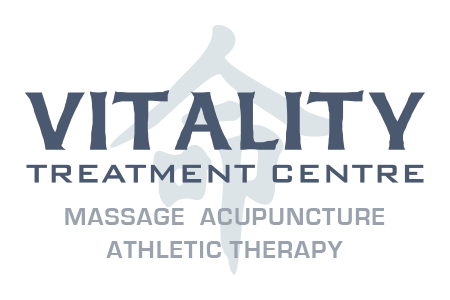a vital part of your health care
Ergonomics
Ergonomics is the study of your work environment and how you adapt to it. It takes into consideration your comfort level at your workstation. Some simple workstation modifications, postural awareness and chair consciousness can prevent or solve problems.
Sitting in a chair places 400 pounds per square inch of pressure on your lower back. If your back is unable to support your body, the strain will affect other areas of your body as well, including your hands, arms, and wrists.
Ergonomic Tips to Reduce Strain at Work
- Lower the height of your chair so your back touches the back of your chair.
- Your feet should rest firmly on the floor, slightly in front of you.
- Center your keyboard in front of your monitor. Your eyes should be at the same level as the tool bar.
- Keep the keyboard and mouse close to the edge of the desk.
- The keyboard and mouse should be positioned so your arms fall naturally to your sides, with your straight out in front while typing/mousing.
- The correct wrist and hand position should create a 90-degree angle with the arm. Support your wrist and forearms with a gel pad or wrist support.
- Avoid repetitive gripping of the mouse.
- Keep frequently used items close. Avoid reaching for anything!
- Do frequent wrist, finger and hand stretches and exercises.
- Be sure the back of your head is lifted, your breastbone is lifted. Your back should be angled backward a few degrees to widen the angle between the torso and the thighs: this increases blood flow and reduces the compression of your spine.
- Your shins should be at a right angle to your thighs.
- Be sure to change your position frequently, and avoid using excessive force while typing.
Adapted from Wellness Options by Alykan S. Abdulla, Faiza H. Abdulla & Lillian Chan.
